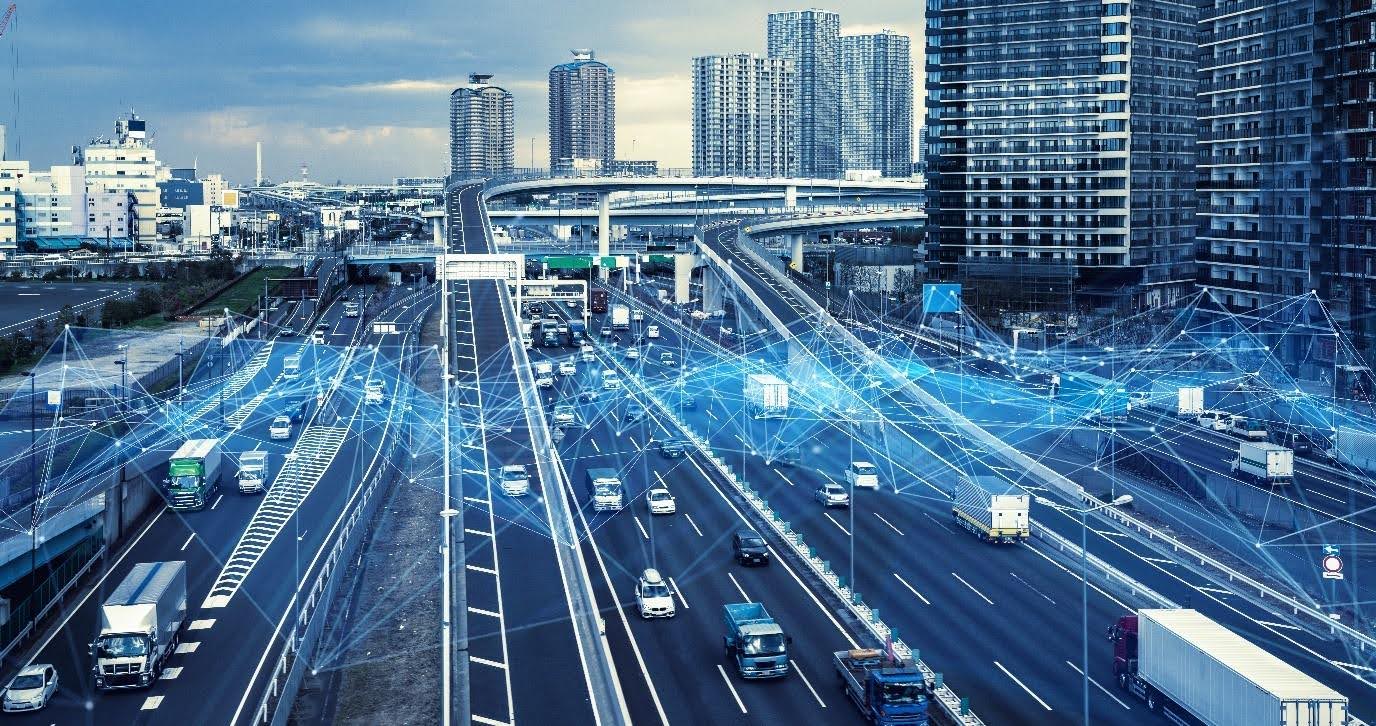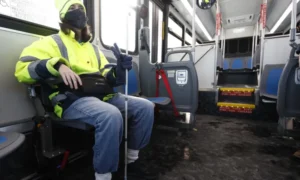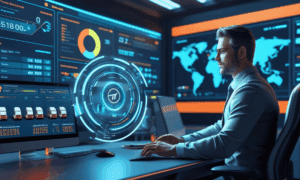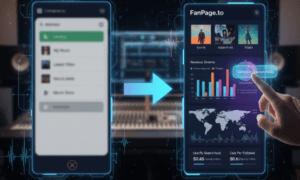Have you ever heard of the term smart transportation?
Well, if you haven’t, you should know it’s regarding the way many transit agencies across the globe are incorporating Intelligent Transport Systems (ITS) to create a technologically advanced way of running transportation.
This evolution extends beyond conventional modes of transportation, promising a future where our rides are not just a means of getting from point A to B, but an interconnected, efficient, and intelligent experience.
So how are these systems evolving transport to make it smart?
The power of connectivity
One of the key pillars of ITS is the seamless connectivity that it introduces to transportation networks.
Vehicles and command centers are interconnected through a web of sensors, communication devices, and smart technologies.
This connectivity allows for real-time data exchange, enabling dynamic adjustments to traffic flow, optimal routing, and efficient resource allocation.
Therefore, command centers have more in-moment control over what’s happening across the entire fleet of vehicles.
Enhancing safety through advanced sensing
ITS brings a new dimension to safety on our roads. Advanced sensing technologies play a pivotal role in monitoring and mitigating potential risks.
These sensors can detect and communicate information about road conditions, traffic patterns, and even things like faulty equipment.
The result is a comprehensive safety net that minimizes the likelihood of incidents and improves overall road safety.
Smarter traffic management
Efficient traffic management is a crucial aspect of enhancing the overall transportation experience.
ITS enables real-time monitoring and control of traffic flow through adaptive signal control systems. These systems use data from various sensors to dynamically adjust traffic signal timings based on current demand.
The result is a reduction in congestion, shorter travel times, and a more streamlined urban transportation landscape for transit agencies.
Optimizing public transportation
Public transportation plays a vital role in urban mobility, and ITS brings a host of improvements to this domain.
For instance, you can incorporate real-time passenger information (RTPI) to provide accurate details on the predicted arrival times of vehicles at a stop.
If things occur such as delays, rerouting, or heavy congestion, these times will be automatically updated to display accurate changes to the riders.
Riders can therefore make more informed decisions about their journeys, leading to increased ridership and a more sustainable transportation ecosystem.
The role of data in transportation evolution
Data, as you may have already gathered from the points thus far, is crucial to ITS improving transportation.
These systems provide insights that fuel continuous improvement. These solutions generate a wealth of data on traffic patterns, user behavior, and system performance.
This data, when analyzed and acted upon, allows for informed decision-making, predictive maintenance, and the development of future transportation strategies.
This level of data-driven strategy in transport operations was never available before, but with the modern era of transit, you have the opportunity to evolve your network in huge ways.
—
The evolution of transportation through ITS marks a monumental shift in how you can experience and manage journeys.
The seamless integration of technology not only enhances safety, efficiency, and connectivity but also paves the way for a more sustainable and intelligent future of transportation.
As these systems continue to evolve, the way we move from one place to another will become not just a journey but a smarter, more optimized experience.



































